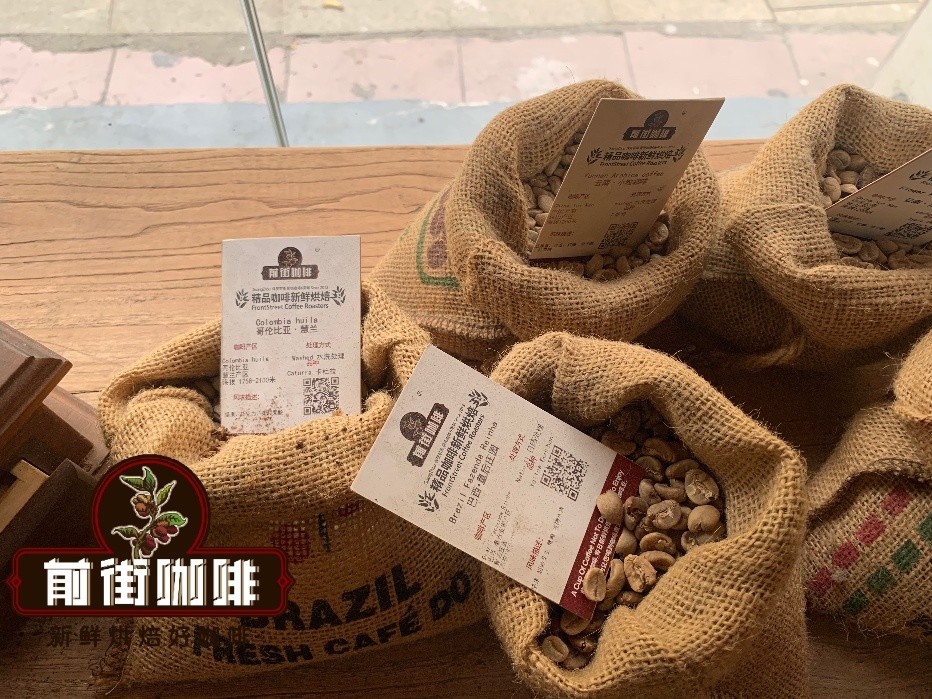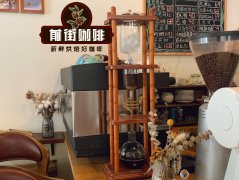Historical story of coffee sacks what is jute and its advantages why raw coffee beans are packed in jute bags
One of the unsung heroes of the global coffee trade is the humble jute bag. Cheap, sturdy and environmentally friendly, jute bags allow intercontinental transportation of raw coffee, roasting from origin to every step in the process. But how did jute become synonymous with raw coffee? To find out, we are delving into the history of this centuries-old textile to understand how its development is inextricably linked to the world's most popular beverage.

What is jute?
Jute fiber is the product of jute plants, especially jute plants. Fiber consists of cellulose and lignin from flowering jute plants; it is the second largest natural fiber in the world after cotton. It is 100 per cent biodegradable and the vast majority of jute is produced in India and Bangladesh, which account for more than 97 per cent of the total production of 3.4 million tons per year. Jute even appears on the national emblem of Bangladesh.
In the eyes of some two-step goats in the Ethiopian mountains, coffee was just a fleeting millennium ago, and jute was a major crop of civilization in South Asia and the Middle East. Jute is used in food and textile production, and its history can be traced back to the Bronze Age of Indus Valley civilization in 3000 BC.
Jute? Sackcloth? Jute? Burlap? Hessian?
The word "jute" comes from the Sanskrit juta-s, meaning "twisted or dishevelled hair", but given the global significance of this textile, it is not surprising that the fiber has had various names for centuries and on all continents. One of the most common secondary names is burlap, which first appeared in the early 17th century and is believed to have originated from Middle English borel, Old French burel or Dutch boeren, all of which denote some degree of roughness, usually referring to a piece of cloth. Another term for jute is jute, which takes its name from the territory of Hesse, a holy Roman duchy from the middle of the 11th century to the middle of the 16th century. Soldiers used jute in their uniforms.
Spinning jute into fiber is highly respected because of its tensile strength, low extensibility, low price and air permeability, making it a suitable textile for the transportation of agricultural products.
Jute and coffee

It was not until a long time later that coffee, an African plant, and jute, a history native to South Asia, finally intersected in South America. In 1727, Francisco de Melo Palheta smuggled the first coffee seeds to Brazil long before it became a global coffee leader accounting for 1/3 of total production. 100 years later, when demand for coffee increased in Europe and America, Brazil already produced more than 40% of the world's coffee. Therefore, a cheap, reliable and readily available transport material is naturally needed to meet the demand. Into jute. Brazilian producers began packing their raw coffee in 60 kilograms (131 pounds) jute bags at the turn of the 19th century, a practice that became popular as the standard packaging material and coded weight unit. Although today's coffee bags have many weights, "bag" coffee is usually understood as 60 kilograms. )
Jute in the 21st century
Jute is still common in the modern coffee trade, but it has been modified. When jute is used today, it is usually used with fewer pores and more airtight materials to help prevent moisture and other atmospheric factors that may have a negative impact on raw coffee during transportation. A common choice for boutique coffee is the GrainPro bag-a reusable, sealed green plastic bag actually inside the classic jute that helps keep the coffee fresh while still relying on the durability of jute to provide protection throughout transportation.
But jute is not the only transport material used today. Today, polymers polypropylene and polyethylene are used for coffee transport, allowing transportation of much more than 60 kilograms in a single unit, some as high as 1000 kilograms. At the same time, in Jamaica, jute bags are refused to use beautiful metal buckets, offering three different sizes of exits.
In spite of this, jute is still a lasting part of the coffee age spirit. It is still one of the most common transport materials, and jute is usually upgraded and recycled once the goal is achieved. This durable textile can be used to decorate the walls of cafes and can be remade into personal bags, accessories and storage containers. Its reuse is endless, but there is nothing better than its original purpose: to help raw coffee stay safe on trips around the world.
Important Notice :
前街咖啡 FrontStreet Coffee has moved to new addredd:
FrontStreet Coffee Address: 315,Donghua East Road,GuangZhou
Tel:020 38364473
- Prev

What is the difference between iced coffee making method and cold coffee extraction method
What is cold coffee? Iced coffee is a system that uses three cups (usually). Chances are you've seen ice cubes as centerpieces in coffee shops, not only because they look great but because they're one of the most popular ways to extract. Of course, in order to meet the needs of making iced coffee at home, ice drip pots have been designed in many models suitable for families.
- Next

What happens if you drink too much coffee? what is caffeine? the negative effects of coffee addiction on the body
Caffeine addiction is the excessive and harmful use of caffeine over a period of time, which has a negative impact on people's health, social interaction, life or other aspects. What is caffeine and caffeine addiction caffeine is the most widely used drug in the world. Coffee and soda are the main sources of caffeine in the United States, while African and Asian countries tend to drink soda
Related
- Detailed explanation of Jadeite planting Land in Panamanian Jadeite Manor introduction to the grading system of Jadeite competitive bidding, Red bid, Green bid and Rose Summer
- Story of Coffee planting in Brenka region of Costa Rica Stonehenge Manor anaerobic heavy honey treatment of flavor mouth
- What's on the barrel of Blue Mountain Coffee beans?
- Can American coffee also pull flowers? How to use hot American style to pull out a good-looking pattern?
- Can you make a cold extract with coffee beans? What is the right proportion for cold-extracted coffee formula?
- Indonesian PWN Gold Mandrine Coffee Origin Features Flavor How to Chong? Mandolin coffee is American.
- A brief introduction to the flavor characteristics of Brazilian yellow bourbon coffee beans
- What is the effect of different water quality on the flavor of cold-extracted coffee? What kind of water is best for brewing coffee?
- Why do you think of Rose Summer whenever you mention Panamanian coffee?
- Introduction to the characteristics of authentic blue mountain coffee bean producing areas? What is the CIB Coffee Authority in Jamaica?

